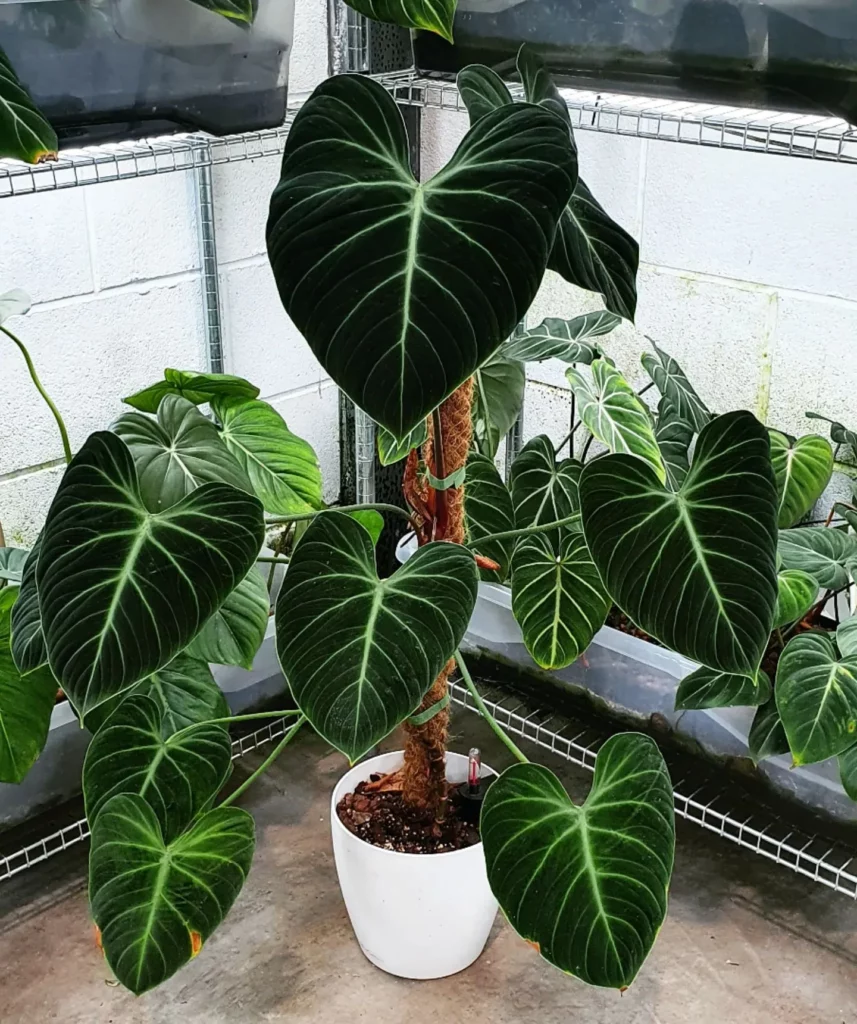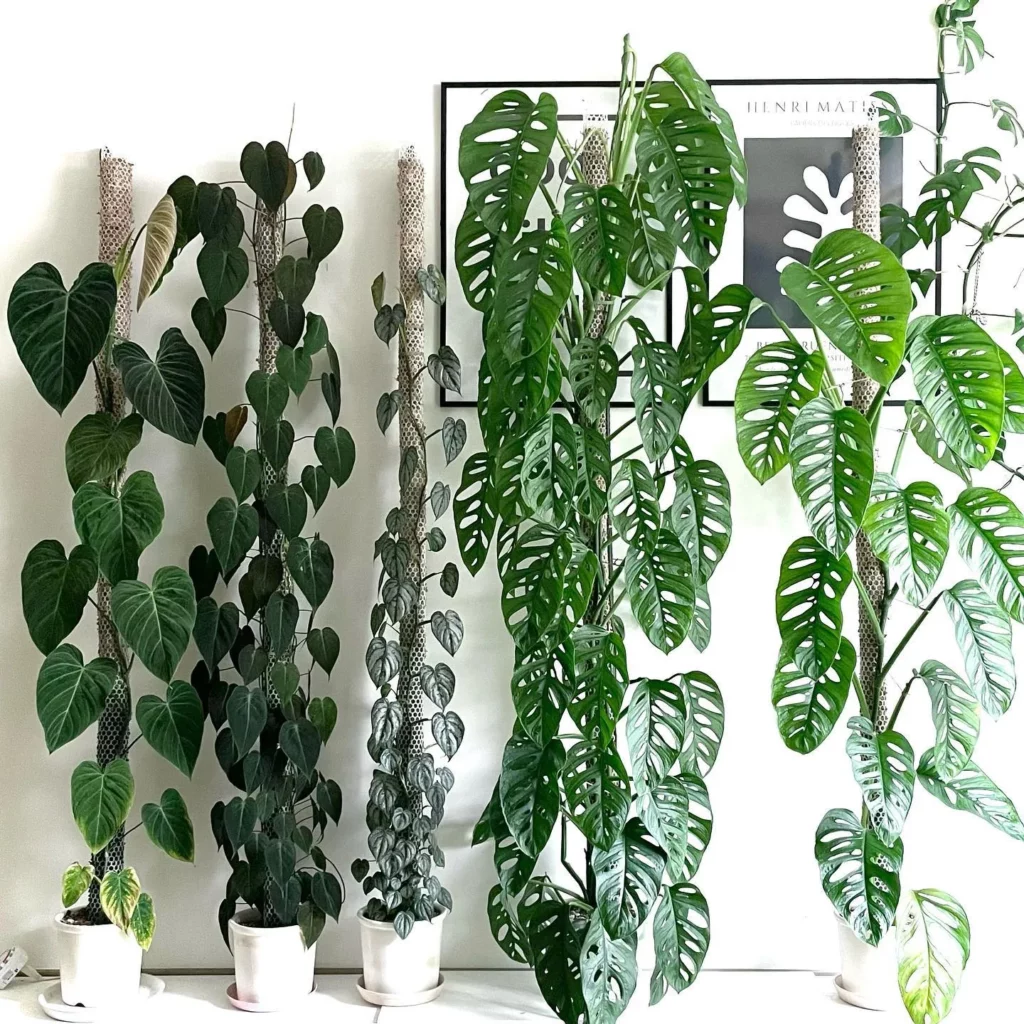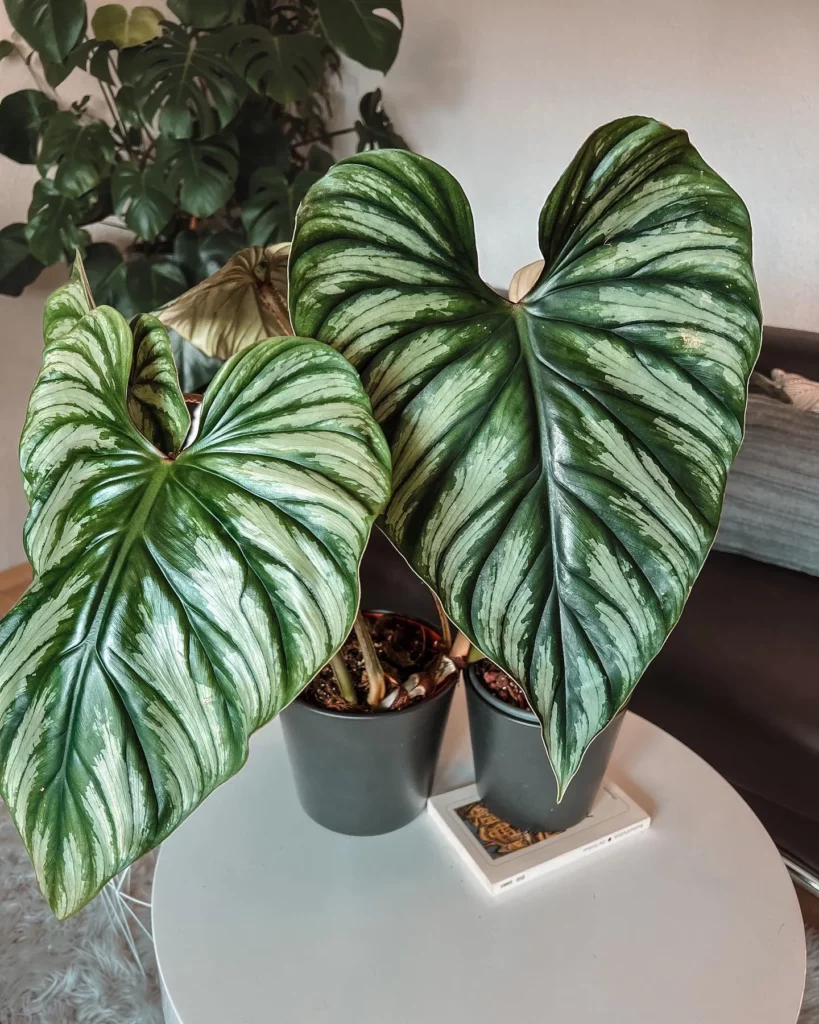Your Philodendron may be turning yellow due to overwatering or inadequate light exposure.
Philodendrons are highly popular indoor plants known for their lush, green foliage and easy maintenance. They are hardy plants but require specific lighting requirements.
One common issue faced by philodendron owners is yellowing leaves, which can be frustrating.
From watering to trimming dead leaves, specific care is necessary for your Philodendron to thrive. If you spot yellowing leaves on your philodendron, it likely results from issues in its care routine or environment.
The Basics: Watering And Light



The Importance Of Proper Watering
Philodendrons are not the type of plants you can just water once a week and forget about. If you want your philodendron to thrive, you must pay close attention to its watering needs.
For starters, philodendrons prefer soil that is moist but not overly wet.
Overwatering can lead to root rot, which is a common killer of indoor plants, including philodendrons. On the other hand, if the plant isn’t watered enough or if it’s left in standing water for too long, it will become dehydrated and start to wilt.
So how do you know when to water your philodendron? The easiest way is to feel the soil with your finger.
No products found.
Stick your finger an inch or two into the soil; if it feels dry at that depth, it’s time to water. Always make sure excess water can drain from the pot by using a well-draining soil mix and pot with drainage holes.
The Importance Of Proper Lighting
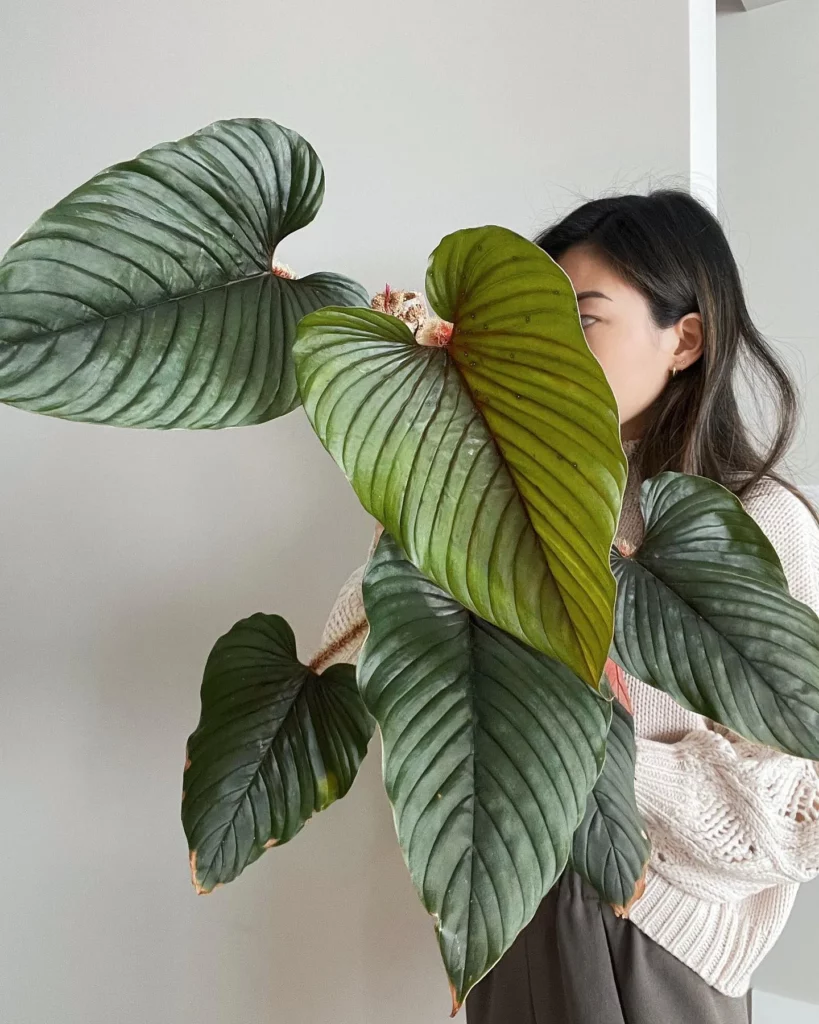
Proper lighting is crucial for philodendrons because they require bright indirect light to grow well and maintain their lovely green coloration. If they don’t get enough light, their leaves will turn yellow or brown and fall off.
On the other hand, too much direct sunlight can also harm your plant by scorching its leaves – particularly in higher elevations or more southern latitudes where sunlight intensity may be stronger than what philodendrons are used to in their native tropical habitats.
Place your philodendron within 5 feet of an east-facing window where it will receive indirect morning sun early in the day before things heat up outdoors but will be shaded from direct mid-day sun which could dry out leaves excessively on hot summer days.
Neglecting Watering And Lighting
If you neglect either watering or lighting, it will lead to a chain reaction of problems that ultimately result in yellow leaves. If your philodendron isn’t getting enough light, it won’t be able to photosynthesize properly, which means it won’t produce as much energy for growth.
This can lead to stunted growth or leggy stems. Additionally, if the plant is dehydrated from lack of water or too much sun exposure without proper moisture levels then it will transpire more water out of its leaves which can cause them to yellow and wilt.
Pests And Diseases



These Pesky Bugs Are Ruining My Precious Philodendron!
Your philodendron may be turning yellow due to a pest infestation. These little creepy crawlies can wreak havoc on your plant.
The most common pests that affect philodendrons are spider mites and mealybugs.
Spider mites are tiny arachnids that suck the sap from your plant. This leads to discoloration and yellowing of the leaves.
These little bugs can quickly spread from one leaf to another, causing widespread damage in a short amount of time.
Mealybugs are another common pest that can cause yellowing leaves in your philodendron.
These fluffy white bugs love to feed on the soft tissues of your plants, leaving behind sticky honeydew and causing a buildup of damaging mold. If you suspect an infestation, inspect your plant closely for signs of pests.
A Diseased Plant Is A Sad Plant
Yellowing leaves could also be a sign of disease in your philodendron.
Common diseases that cause yellowing leaves include root rot and bacterial leaf spot.
Root rot is caused by overwatering and poor drainage, leading to fungal growth in the roots and ultimately destroying the root system. As roots become damaged or die off, they cannot provide enough nutrients to the rest of the plant resulting in discolored or yellowed leaves.
Bacterial leaf spot is caused by bacteria entering through wounds or natural openings on your plant’s foliage. This infection causes unsightly brown spots on the leaves which will eventually turn yellow and fall off.
Wash Away Those Pests And Diseases!

If you notice any signs of pests or disease on your philodendron, don’t panic! There are steps you can take to save your plant.
First step = isolate the affected plant from your other plants to prevent the spread of infection.
Step two = treat the infestation with an organic pesticide or insecticidal soap. To treat root rot, repot your plant in fresh soil with proper drainage and withhold watering for a short period of time while it recovers.
For bacterial leaf spot, remove all infected leaves immediately and apply a copper-based fungicide. Prevention is key when it comes to fighting pests and diseases in your philodendron.
Keep a close eye on your plant’s health with regular inspections and proper care techniques such as avoiding overwatering or planting them too close together.
Nutrient Deficiencies



The Root Of The Problem: Improper Fertilization And Poor Soil Quality
Listen up all you philodendron owners out there, because this is important: not all plant food is created equal. That’s right, you can’t just grab any old fertilizer off the shelf and expect your plant to thrive.
Philodendrons are particularly sensitive to nutrient deficiencies, especially when it comes to nitrogen and iron. Let’s start with nitrogen.
This essential nutrient helps plants grow healthy leaves and stems by aiding in chlorophyll production. Without enough nitrogen, your philodendron will start to yellow from the bottom up as it cannibalizes its own leaves to get the nutrients it needs.
But here’s the kicker: too much nitrogen can be just as bad, leading to burnt tips and a weak stem. So what’s a philodendron owner to do?
Avoid fertilizers with high levels of ammonium or urea nitrogen, as these forms are more likely to burn your plant. Instead, aim for fertilizers labeled with slow-release or water-soluble nitrogen sources like calcium nitrate or potassium nitrate.
And don’t overdo it – stick to a feeding schedule of once every 4-6 weeks during growing season.
Okay – let’s talk about iron deficiency.
Iron is crucial for chlorophyll production in new leaves, so when your philodendron starts losing its vibrant green color and turning a sickly yellow instead… well, you know what that means.
But here’s where things get tricky: while some soils contain plenty of available iron for plants to absorb (like acidic soils), others have very little (like alkaline soils).
So even if you’re properly fertilizing your plant with an iron-rich product, if the soil pH isn’t right, your plant still won’t be able to access it. To fix this, you may need to adjust the pH of your soil with amendments like sulfur or aluminum sulfate.
Don’t Forget – Soil Quality Matters!
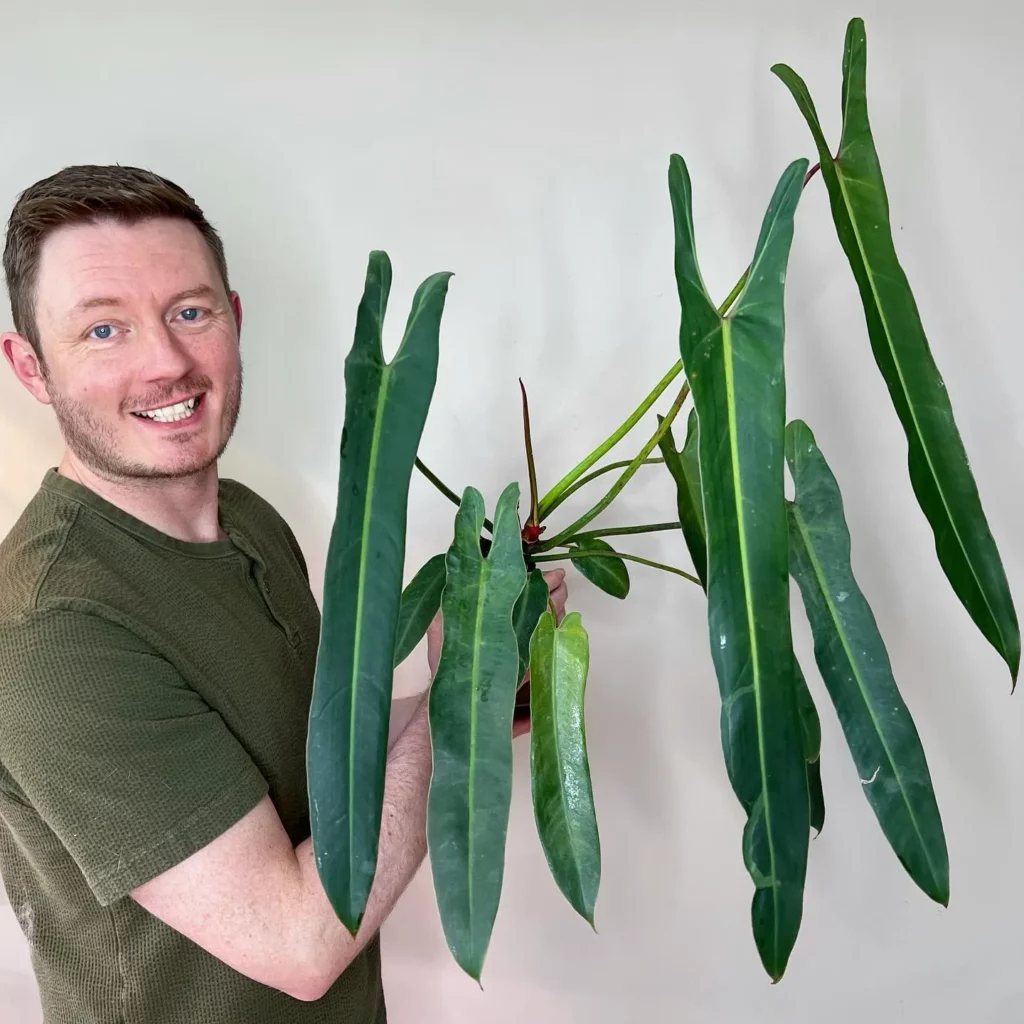
Philodendrons need well-draining soil that won’t hold onto water for too long (otherwise you risk root rot). They prefer slightly acidic soils with a pH between 5.5 and 6.5, as this allows them to absorb nutrients more easily.
Philodendrons also benefit from a slightly sandy texture that allows for air circulation around the roots.
So what does this mean for you?
#1 – make sure your pot has drainage holes so excess water can escape easily. Second, consider using a higher-quality potting mix specifically designed for tropical plants like philodendrons (look for ingredients like peat moss or coconut coir).
#2 – don’t skimp on the perlite! This light-weight additive helps improve drainage and aerates the soil around the roots.
After reading this, check out our other articles on:
Frequently Asked Questions
Yellow leaves on a philodendron plant can be a sign of various issues. Check if the plant is receiving adequate light (that’s usually our first step) and then proper fertilization comes to mind next.
You should remove yellow leaves from a philodendron plant. Yellow leaves often indicate that the leaf is no longer healthy and may not recover. This will help lessen the threat of disease spreading throughout the plant.
Once philodendron leaves turn yellow they typically do not revert back to their green color.

